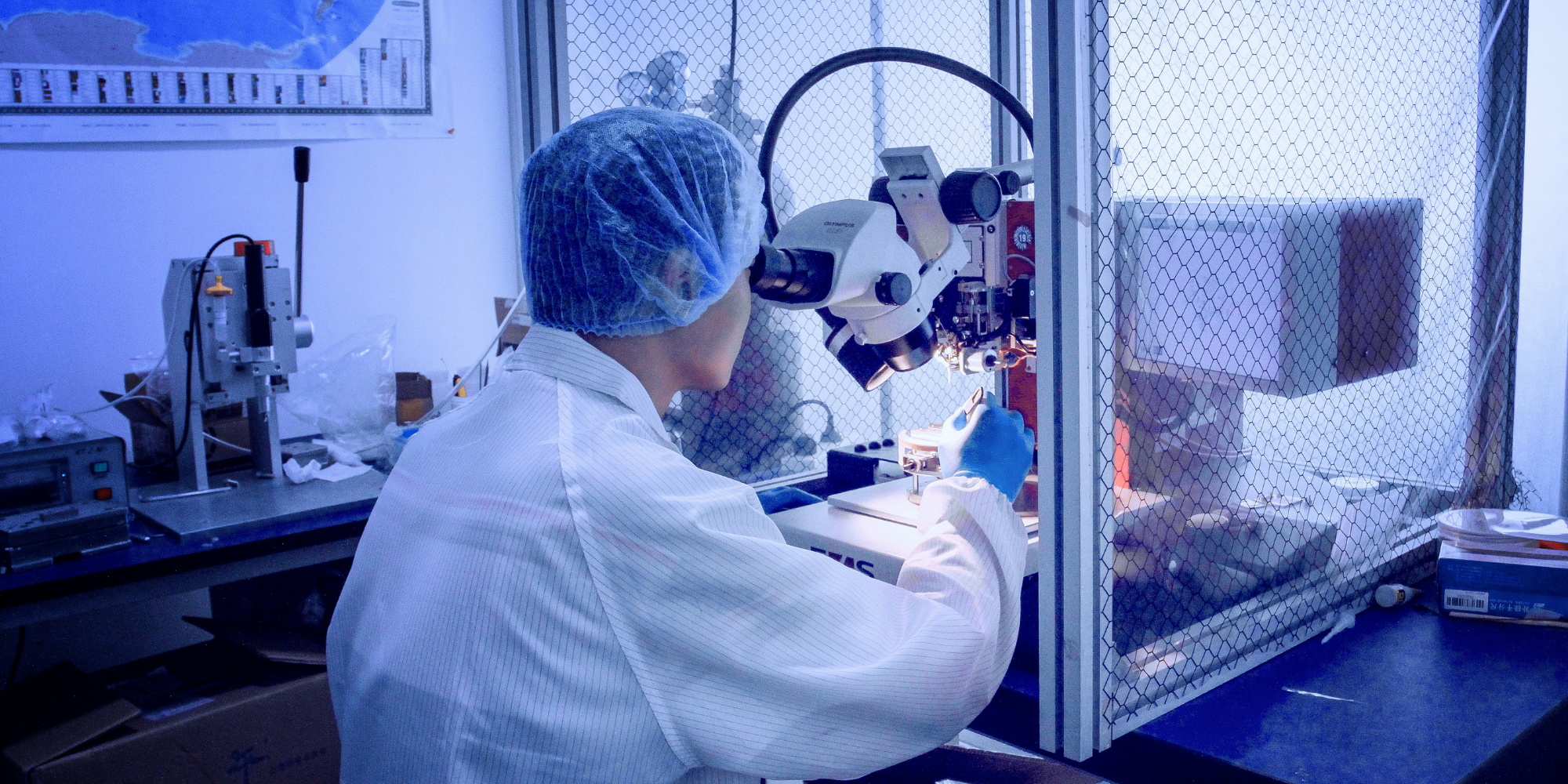The life sciences sector is facing a critical talent challenge, and it’s costing the industry millions in lost productivity. A recent McKinsey study reveals that nearly 30% of the U.S. manufacturing workforce is now aged 55 or older, a figure that has more than doubled over the past two decades. As experienced professionals retire, organisations are facing a significant loss of institutional knowledge, creating a growing productivity gap that many companies are struggling to fill.
The issue is more than just a numbers game. In complex manufacturing roles, productivity gaps between high and average performers can exceed 800%, largely due to a lack of experience and knowledge transfer. Add to that the fact that even one hour of unproductive time per employee per week can cost a company $5,900 annually, and the scale of the problem becomes clear. With seasoned experts walking out the door and too little being done to attract and develop early-career talent, the workforce shortfall is only deepening.
However, some forward-thinking manufacturers are turning this challenge into a competitive edge. They are working closely with colleges, government bodies, and local schools to build stronger talent pipelines and secure their future workforce. At the same time, they're leveraging science and technology to rethink their talent strategy from the ground up.
One powerful approach is the use of Talent Efficiency models scientific tools that quantify the connection between workforce design and business outcomes. Our own solution, built through six years of academic and applied research, is already helping global pharma and CDMO companies identify critical gaps and improve performance. We’re always happy to share how it works and how it could help your organisation.
Another key move is assembling cross-functional project teams to lead talent planning efforts. HR can’t solve this problem alone. Leaders from operations, quality, IT, and engineering must work together to create an integrated, forward-looking talent strategy. In parallel, companies are stepping outside their walls to engage with their local academic communities making STEM subjects more appealing and positioning their organisations as top destinations for young professionals just starting their careers.
Finally, digital transformation is playing a major role in shifting the conversation from headcount to productivity. By adopting tools like digital twins and AI-enabled systems, manufacturers are unlocking efficiency gains, reducing downtime, and getting more from their existing teams.
The message is clear, if you're in life sciences manufacturing and unsure where your next skilled hires will come from, now is the time to take a different approach. The companies that act early, think long-term, and embrace both data and innovation will be the ones who come out ahead. We’re here to help if you’re ready to take the first step.

.png)